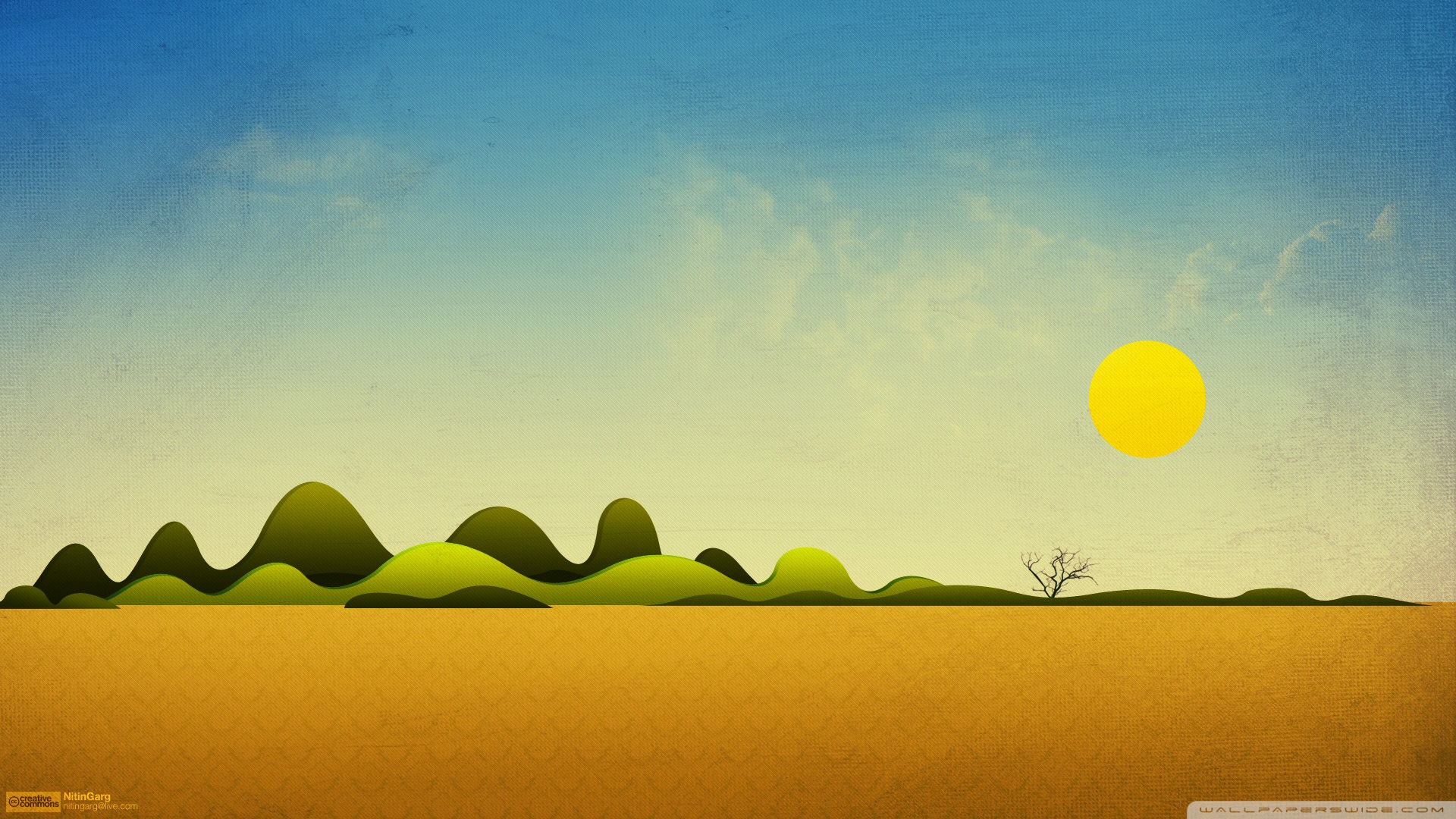
When you use a flat background like this example, it’s important to have some open space to include your written content. This black and white background was used on the title slide of this presentation:Ĭheck out our presentation design guide for more presentation tips. It can be used in a school presentation, a business report or even a marketing poster! Because the colors are so muted, it won’t distract from your other content. I’ve even included a bunch of background image templates you can use right now!Ī simple background image like this is extremely versatile, which is always good. That’s why I have rounded up 35+ background images to inspire your designs. Too often people select the same boring stock image for their background…which is a travesty! Especially when there are other more engaging background images that they could be using–like a stunning gradient, an informative photo, or a textured image. A bad background image can cause your whole project to fall apart. Like the foundation of a mighty skyscraper, a simple background can make or break your visual content. It also exerts some control over the alignment of items when they overflow the line.Background images are the first building block you can use to create a stunning visual. It helps distribute extra free space leftover when either all the flex items on a line are inflexible, or are flexible but have reached their maximum size.

This defines the alignment along the main axis. The cross size property is whichever of ‘width’ or ‘height’ that is in the cross dimension.
cross size – The width or height of a flex item, whichever is in the cross dimension, is the item’s cross size. cross-start | cross-end – Flex lines are filled with items and placed into the container starting on the cross-start side of the flex container and going toward the cross-end side. Its direction depends on the main axis direction. cross axis – The axis perpendicular to the main axis is called the cross axis. The flex item’s main size property is either the ‘width’ or ‘height’ property, whichever is in the main dimension. main size – A flex item’s width or height, whichever is in the main dimension, is the item’s main size. main-start | main-end – The flex items are placed within the container starting from main-start and going to main-end. Beware, it is not necessarily horizontal it depends on the flex-direction property (see below). main axis – The main axis of a flex container is the primary axis along which flex items are laid out. Items will be laid out following either the main axis (from main-start to main-end) or the cross axis (from cross-start to cross-end). Please have a look at this figure from the specification, explaining the main idea behind the flex layout. If “regular” layout is based on both block and inline flow directions, the flex layout is based on “flex-flow directions”. Some of them are meant to be set on the container (parent element, known as “flex container”) whereas the others are meant to be set on the children (said “flex items”). Since flexbox is a whole module and not a single property, it involves a lot of things including its whole set of properties. Note: Flexbox layout is most appropriate to the components of an application, and small-scale layouts, while the Grid layout is intended for larger scale layouts. While those work well for pages, they lack flexibility (no pun intended) to support large or complex applications (especially when it comes to orientation changing, resizing, stretching, shrinking, etc.). Most importantly, the flexbox layout is direction-agnostic as opposed to the regular layouts (block which is vertically-based and inline which is horizontally-based). A flex container expands items to fill available free space or shrinks them to prevent overflow. 
The main idea behind the flex layout is to give the container the ability to alter its items’ width/height (and order) to best fill the available space (mostly to accommodate to all kind of display devices and screen sizes). The Flexbox Layout (Flexible Box) module ( a W3C Candidate Recommendation as of October 2017) aims at providing a more efficient way to lay out, align and distribute space among items in a container, even when their size is unknown and/or dynamic (thus the word “flex”).






 0 kommentar(er)
0 kommentar(er)
